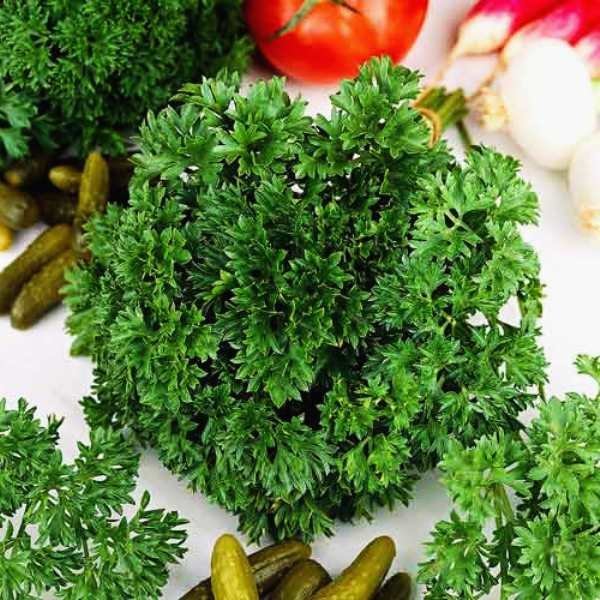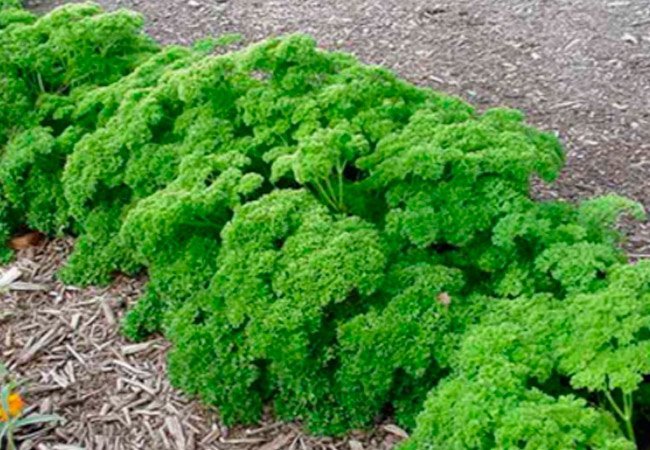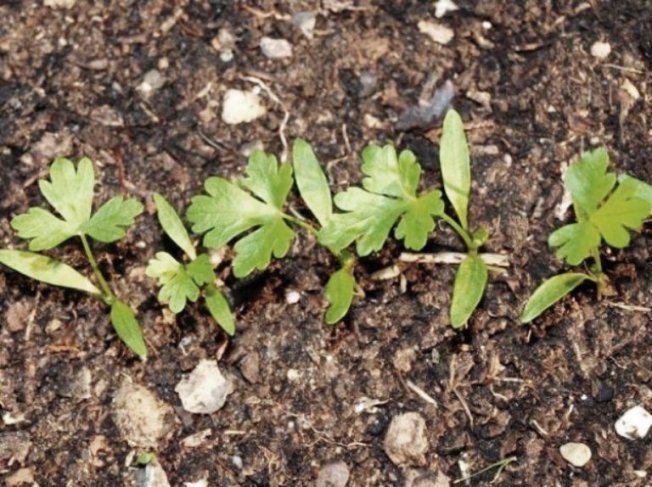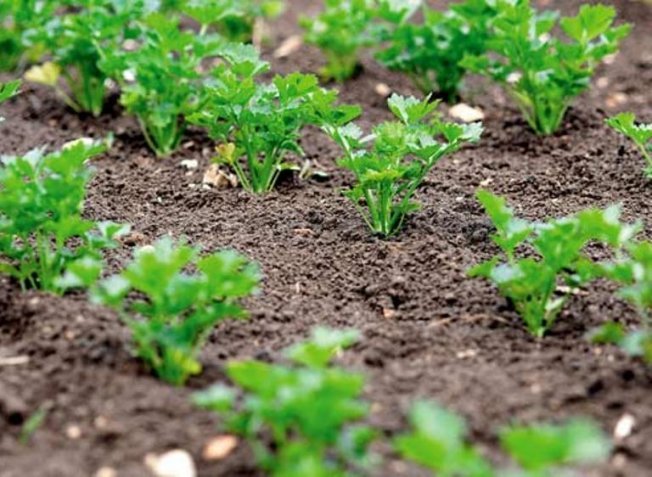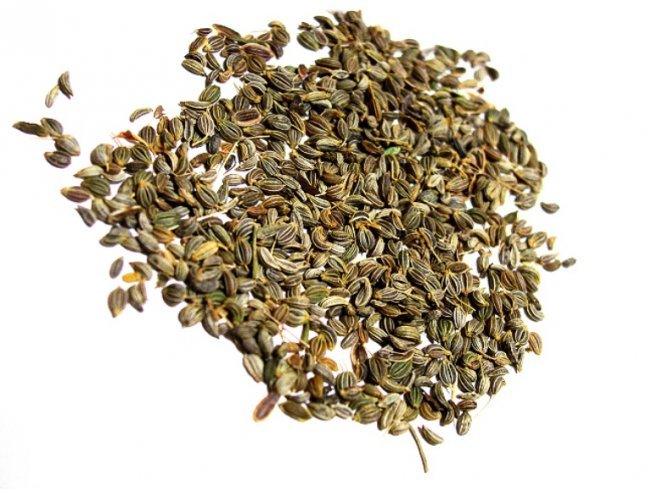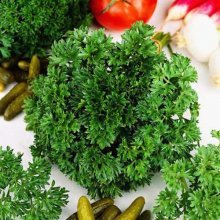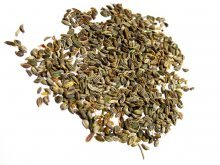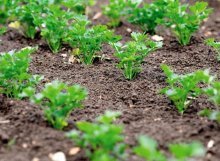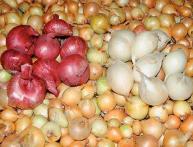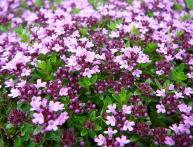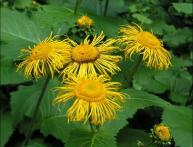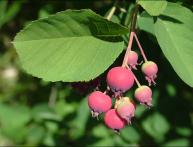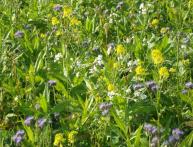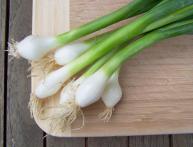Curly parsley, description, when to sow, how to grow, benefits of the plant and reasons for the ban

Among the variety of spices, parsley is most often used in the country's salads.
One of the notable species of this plant is curly parsley, known for its rich chemical composition.
Content:
- Curly parsley, description and photo
- Useful properties of the plant, what it contains
- When to sow parsley, spring or autumn
- Basic recommendations for growing
- Curly parsley is banned in Russia, is this true, for what reasons?
Curly parsley, description and photo
Curly parsley is a one- to two-year-old member of the Apiaceae family.
Found naturally on the Mediterranean coast, its use in cooking and medicine began only in the ninth century.
Characteristic features of the plant include:
- Reaches 30-100 cm in height;
- The stem is erect and branched;
- The foliage is triangular, doubly pinnately dissected. Above - shiny and dark green;
- The root is tap-shaped, cylindrical, quite juicy and fleshy;
- Blooms green-yellow flowers in early to mid-summer;
- The fruits are ovoid in shape.
This green has long and firmly entered the history of cooking as a popular herb. It is used both fresh and dried.
Useful properties of the plant, what it contains
In addition to the characteristic taste and aroma that chefs love so much, parsley is different and a large number of useful elements that are included in the composition.
These include:
- Vitamin C - it is noteworthy that just a third of a glass of green leaves will add as much vitamin as one orange contains;
- Vitamin K is an important element that stabilizes blood clotting and bone health;
- Beta-carotene - increases the level of defense of the immune system;
- Boron is a mineral that stops the development of osteoporosis, especially important when fighting the approaching menopause;
- Iron - contains even more than in red meat;
- Potassium is an important substance for normal muscle function and stabilization of metabolism;
- Calcium is an important element for bone health. So a cup of parsley contains as much calcium as a glass of milk. In addition, the available vitamin C improves calcium absorption;
- Fiber - important for the normal functioning of the body;
- Fluoride is one of the elements important for strengthening bones.
A large amount of useful substances provides an antiseptic effect. This is why greens can fight viral and bacterial diseases.
Let's watch a video about the beneficial properties of curly parsley:
When to sow parsley, spring or autumn
This question interests many gardeners who want to know Which option will yield more?.
The benefits of spring planting include:
- Possibility of sowing seeds in open ground without the seedling stage;
- Significantly fewer diseases of spring seedlings;
- Less need for fertilizing;
- The young spice quickly germinates and develops.
Autumn planting also has its advantages, although they are fewer than spring planting. So it is recommended to plant in advance in soil prepared in the summer, fertilized with toph and compost.
It is also important to study the information on the packaging; some varieties cannot be sown in the fall.
Planting in the fall makes it possible to get earlier shoots and enjoy the greenery. At the same time, autumn planting requires special attention so that the seedlings do not freeze out during the first cold snap.
Let's watch a video about planting parsley and caring for the plant:
Basic recommendations for growing
Despite the fact that the plant is quite persistent, it still needs thoroughly loosened soil to ensure normal root development.
In addition, it is important to pay attention to the following nuances:
- Seeds can be planted immediately in prepared soil;
- It is important to fertilize the soil with a large amount of nitrogen, phosphorus to feed the roots and potassium, as a shield against diseases;
- If planting is done not with seeds, but with seedlings, it is recommended to wait until the second true leaves form. Before planting, be sure to water the seedlings well;
- After the soil is wet, use a small spatula to carefully remove the seedlings along with the earthen lump;
- When planting, it is important not to damage the roots. The distance between seedlings should be at least 20 cm;
- After planting, water the seedlings, but do not allow moisture to get on the foliage.
Caring for parsley is not difficult; it is enough to periodically water the greens and monitor for signs of disease. If diseased or damaged leaves are found, they must be cut off immediately so that the pathology does not spread further.
Curly parsley is banned in Russia, is this true, for what reasons?
According to official data, since 2011, curly parsley has indeed been classified as a group of plants containing poisonous and potent psychotropic substances.However, you should not rush to immediately run to dig up seedlings for fear of getting a fine for growing drugs.
Parsley is included in this group due to the properties of its seeds, from which a specific essential oil can be obtained. Narcotic substances were found in this oil.
That is why curly parsley was included in the list of narcotic plants.
However, at the moment there is no official ban on growing parsley. No one is going to hunt lovers of herbs, so you can safely grow it in the countryside and beyond.
Punishment awaits only those gardeners who grow parsley not for the sake of greenery. For the sale of seeds in large quantities, it is quite possible to get to places that are not so remote.
Curly parsley is a fairly well-known herb used in medicine and cooking. It is distinguished by a large number of useful substances and is unpretentious in cultivation.

